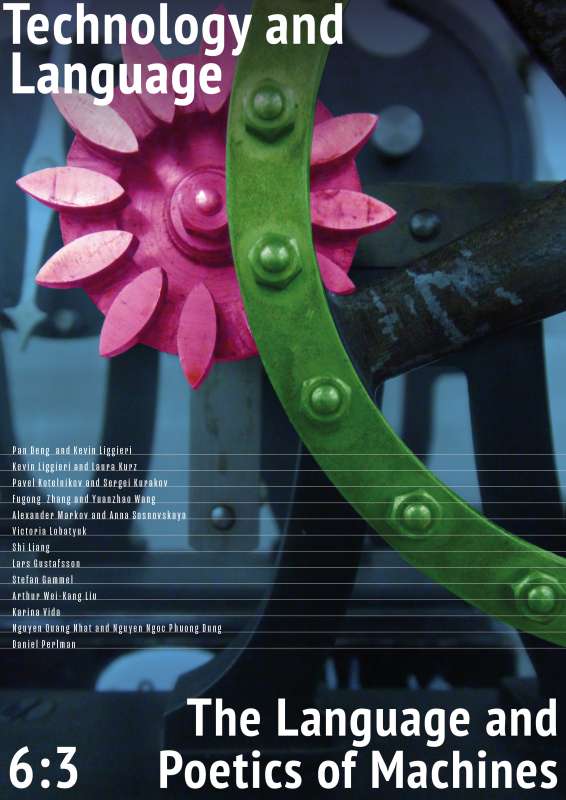Translanguaging in Engineering Practice
Multilingualism is characteristic to engineering practice. The historical evolution of engineering implies the growing role of scientific knowledge which is explicated through the languages of mathematics, natural sciences and programming. Similarly, the contemporary organizational forms of engineering activity rely on the growing body of formalized rules and quantitative metrics, although the residuals of tacit and practical knowledge are known to persist. On the other side, engineering as collective practice is unfolding both through the formal and informal communication, which contextualizes meanings within the unique constellations of actors, institutional hierarchies, and sociomaterial assemblages. The ensemble of natural and formal languages and visualizations, and switching between different language functions reflect the complexity of engineering activities. Of special interest is the process of translanguaging, which has been studied predominantly in the context of international communication. Following the Vygotsky-Leontiev approach, translanguaging in engineering practice is discussed from the point of view of speech and collective learning. The empirical studies highlight the heuristic aspect of translanguaging. The intertwining of languages in engineering is often not seamless — the collective learning processes become explicit when the languages meet their limitations, revealing both insufficiency and complementarity, and becoming a problem or a subject of reflection themselves. The further implications for epistemology of engineering are discussed: the processes of production and explication of knowledge, the relationship between knowledge and activity, and the status of the cognitive subject.



